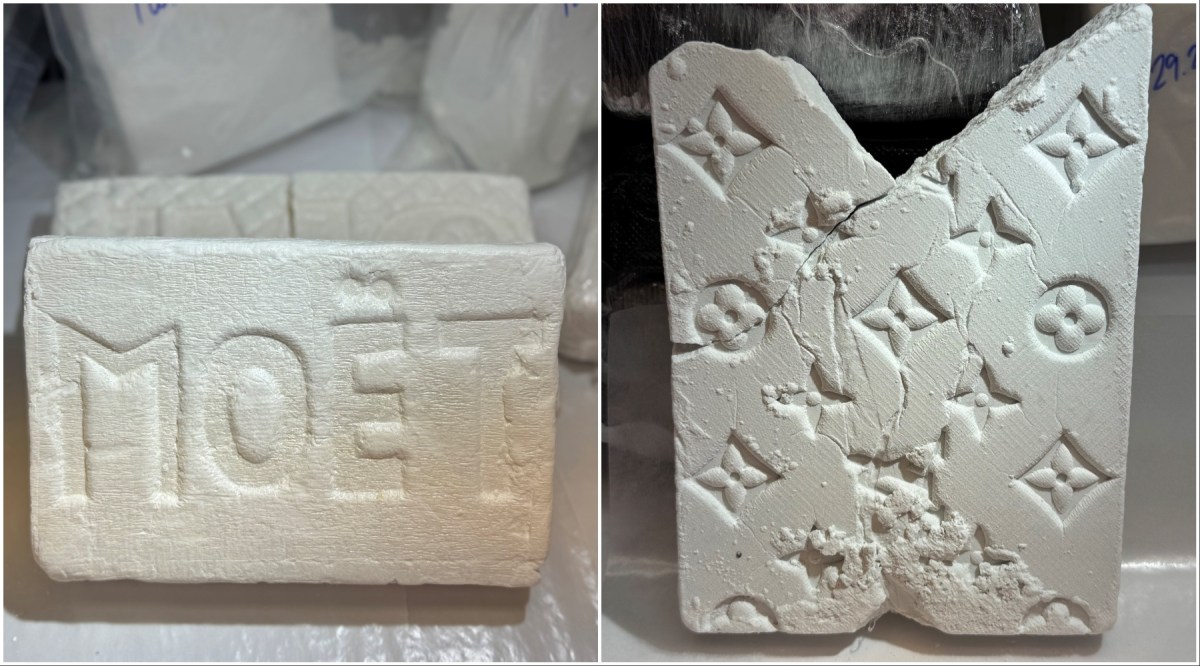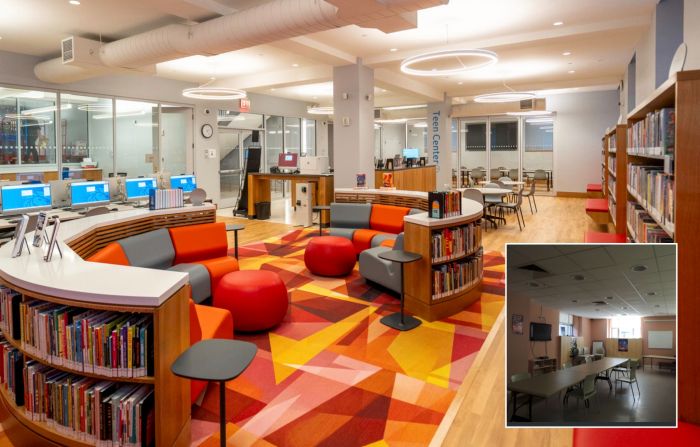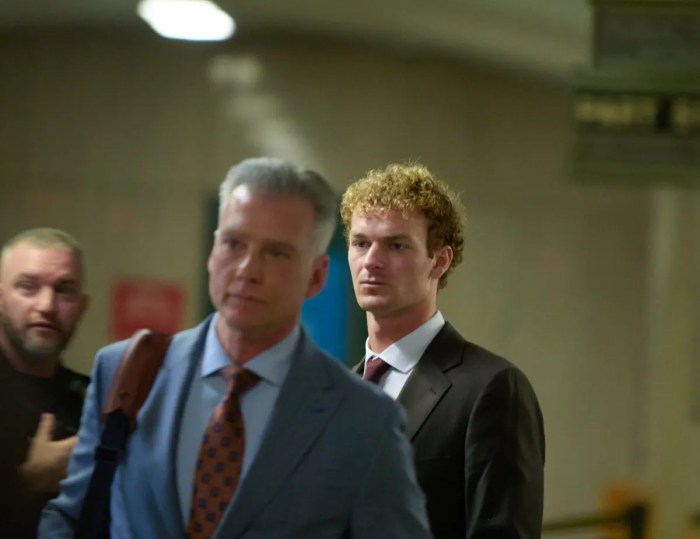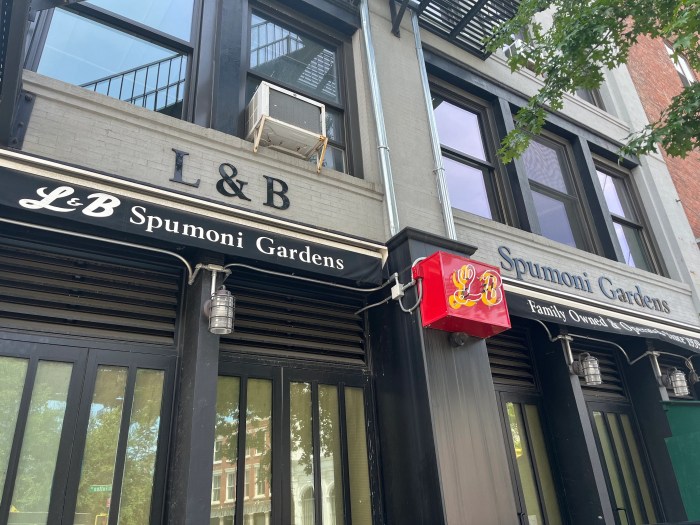
This is how the 2013 East River Blueway project envisioned a public Brooklyn Bridge Beach when the city allocated $7 million to the project. Now the Lower Manhattan Development Corporation has kicked in another $5 million.
BY COLIN MIXSON
Fans of opening Brooklyn Bridge Beach got a boost last week when the project received millions of dollars in additional funding as part of a $50-million legal settlement.
The Lower Manhattan Development Corporation announced last Friday that $5 million will go to improvements for the southern part of the East River Esplanade, along with a mandate to provide “limited beach access near the Brooklyn Bridge” — something locals have been pushing for years.
Just how much difference that new money will make isn’t clear, because the city’s Economic Development Corporation, which controls the sandy strip, has already been sitting on $7 million earmarked for that purpose three years ago, and the only thing it did since then was fund a feasibility study that locals say was engineered to scuttle the idea.
But now beach boosters are cautiously optimistic that the cash infusion will push the EDC to take the popular proposal more seriously.
“It is not a surprise to me that EDC has been sitting there,” said Community Board 1 member Paul Hovitz. “The hope now is that, with these added funds, they will move forward.”
The city first started throwing money at the project in the summer of 2013, when then-Borough President Scott Stringer and the Council kicked in a combined $7 million to open up the stretch of sandy shoreline beneath the Brooklyn Bridge’s Manhattan side.
But the EDC threw a proverbial bucket of sand on the project when it released a feasibility study last year that noted a litany of safety, environmental, and fiscal concerns about the project, and which many community members read as a deliberate attempt by the organization to kill the project altogether, according to one community board member.
“My reading of it was that it was more of an anti-feasibility study,” said long-time CB1 member Marc Ameruso. “It appeared that every which way they could spin it, they do not want that beach to be used in any way, shape or form, and they came up with all sorts of bogus safety reasons as to why.”
Following the study’s release, Graeme Birchall, who operates a free kayaking program in Lower Manhattan, presented both the community board and EDC with a point-by-point critique of the study, in which he concluded that many of the problems noted by the EDC had easy solutions that their feasibility study blatantly ignored.
“They did a feasibility study, but they only came up with unfeasible solutions,” said Birchall, whose Downtown Boathouse at Pier 26 received $15,000 from the LMDC to buy new kayaks.
The EDC never officially responded to Birchall’s rebuttal, although CB1’s director of planning and land use, Diana Switaj, said a representative of the agency told her that the EDC stood by its assessment of the project.
“The only update I got from them was over the phone — that they are confident the work that their consultants have done is the most comprehensive and reasonable assessment of the original proposal,” said Switaj. “I asked them for a written response, even if just to re-iterate that statement, but I haven’t gotten anything yet.”
EDC remains confident that the project was infeasible given the various concerns noted in its study, and the project’s initial $7 million budget. The $5 million cash infusion has, however, prompted the organization to move on to the next step in the project, which is to select a contractor that would be responsible for developing a design for the beach, according to a spokesman.
Despite agreeing to take the project a step forward, the spokesman could not provide a firm commitment to opening the beach, let alone to provide a time-line for when the beach would open to the public.
The response struck many proponents of Brooklyn Bridge Beach as too ambiguous, and certainly not the firm commitment to opening up the space to the public that they expected.
“It sounds like they’re contradicting themselves — speaking out of both sides of their mouth,” Amaruso said. “They have $7 million, but that’s inadequate. They think their bogus feasibility study says that the beach is not safe, but on the other hand they now have an additional five million and they’re going to put out a [request for proposal] for design and ‘work with the stakeholders,’ whatever that means. What exactly are they saying?”
But communication, locals say, has never been the EDC’s strong point.
“I have been on this board almost 25 years, and I have never known EDC to come willingly forward with any project unless they were dragged kicking and screaming,” Hovitz said. “The transparency and the accessibility of EDC with their plans and their communication with the community have been dismal.”































